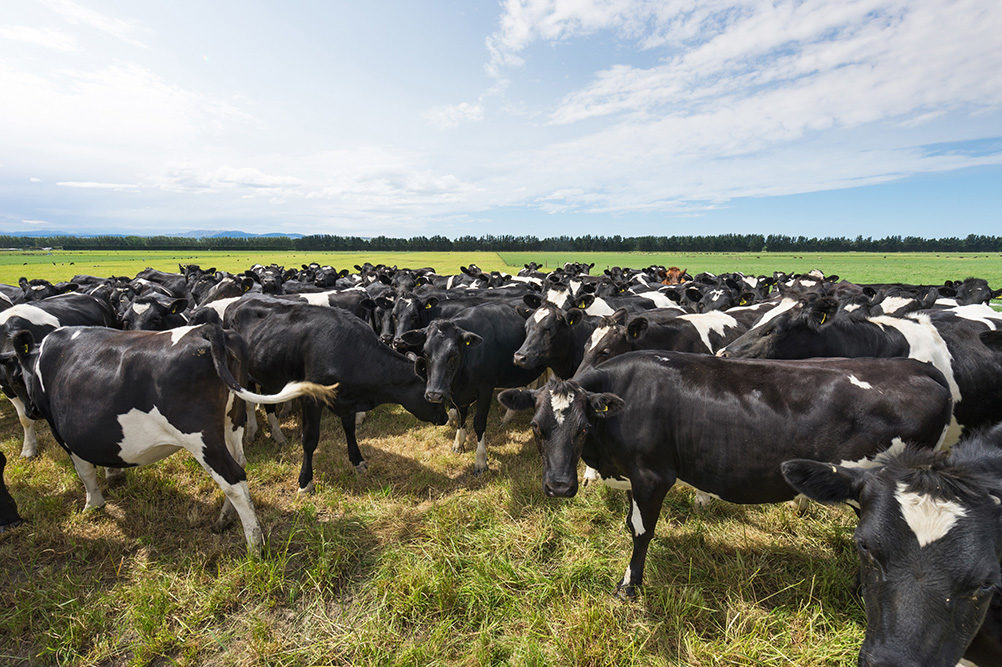Charlene Moore, writing on behalf of CH4 Global in response to a recent article in AgScience, has asked to clarify or expand on some of the points raised in that article.
We believe in being pragmatic and that solutions can often be found in parallel industries. Solutions to challenges can be found in surprising places if you know how to look.
The points being addressed [in AgScience’s earlier article] are:
- “In any case, it is the New Zealand subsidiary which is establishing an “ecopark” at Ocean Beach in Southland for its proprietary Asparagopsis-based product for ruminant animals.”
CH4 Global adds: their first product is specifically for feedlot cattle because cattle in a feedlot have consistent access to human provided food (which can therefore contain Asprapgopsis supplements).
Future products will include formulations designed for dairy and grazing animals.
- “Professor Jon Hickford, from Lincoln University’s faculty of agriculture and life sciences, said the technology would probably be useful in systems where it can be regularly fed to animals. In NZ that means dairy cattle.”
CH4 Global says: we agree that regular feeding makes the application of the Asparagopsis technology easier. For the technology to work you need to maintain presence in the rumen. In feedlot cattle this is relatively easy given the way feedlot animals are fed.
For dairy, the opportunity is when cows come in to be milked. This is when they can be given the supplement at regular intervals. The challenge is how to maintain an effective dose of Asparagopsis in the rumen until the next milking. CH4 Global is working on the reapplication of existing technology approaches to create Asparagopsis contain products that can do this.
For pasture animals (beef and sheep) we believe the way to think about the problem is not to change farming approaches but to utilize existing and emerging technology for both maintenance in the rumen and potentially for delivery to the animal.
- “But it would be hard – if not impossible – to use the product effectively in an extensive rangeland sheep/beef system.”
CH4 Global responds: CH4 Global will have very specific formulations to meet the existing feeding requirements for the various forms of farming. The first formulation is for feedlot cattle only.
Future product formulations being developed are specifically for dairy and grazing animals such as pasture cattle and sheep.
The good news is that CH4 Global has a team of scientists with extensive experience of solving such challenges who are working on the formulations and delivery approaches for pasture animals.
- “This means additional cost and a massive carbon footprint from shipping grain and other feed to NZ.”
CH4 Global says “we agree!” This is not a rational solution and it’s completely contrary to our goals and how we operate. Our goal is to lower the carbon footprint.
Since CH4 Global’s product roadmap is targeted to meet the needs already in place for the different feeding applications of ruminant animals, farmers will not have to change their feeding regimen when using their targeted products. Furthering their commitment to reduce GHG emissions, part of CH4 Global’s roadmap is to scale regionally in the areas we will be supplying.
Today, the planned EcoParks and other facilities producing their products are all primarily built on greyfield or underutilized land sites.












